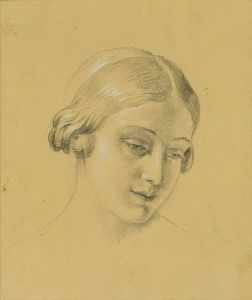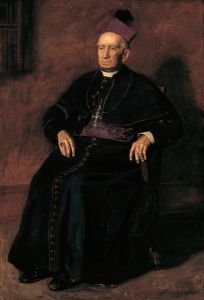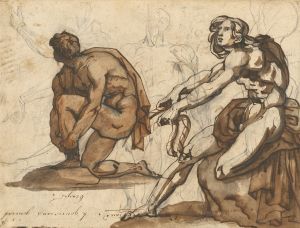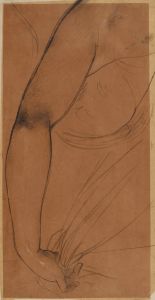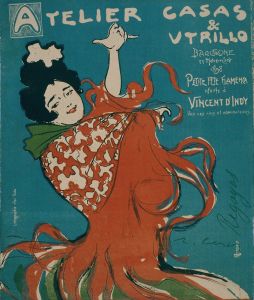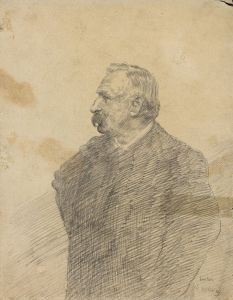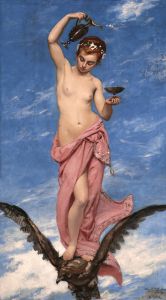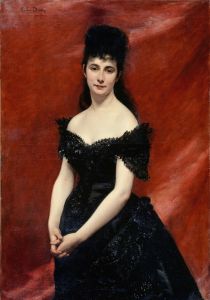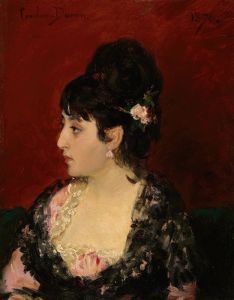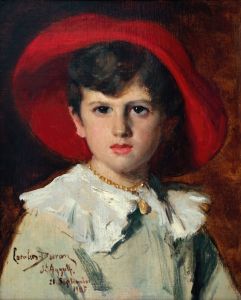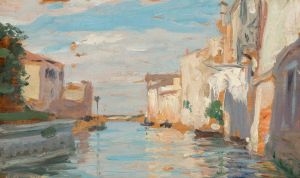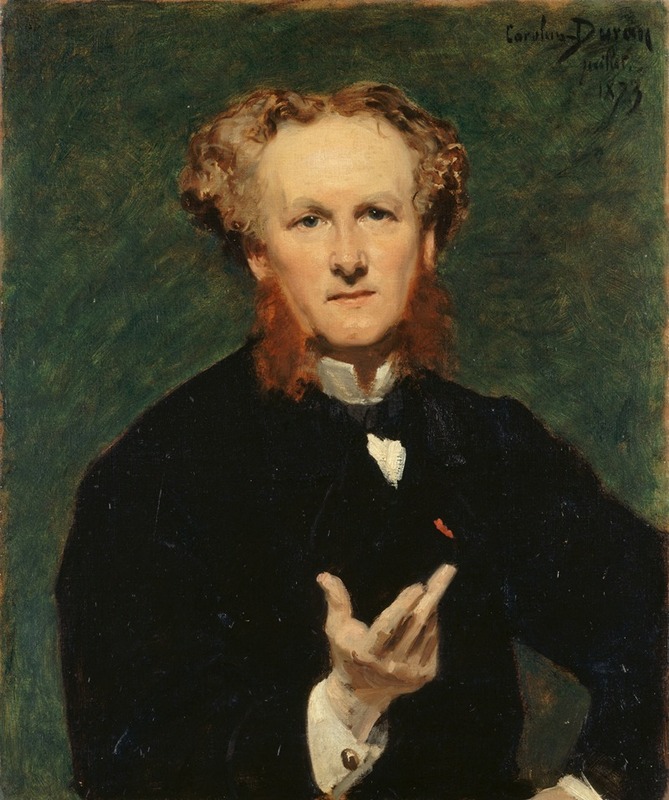
Portrait d’Etienne Haro
A hand-painted replica of Carolus-Duran’s masterpiece Portrait d’Etienne Haro, meticulously crafted by professional artists to capture the true essence of the original. Each piece is created with museum-quality canvas and rare mineral pigments, carefully painted by experienced artists with delicate brushstrokes and rich, layered colors to perfectly recreate the texture of the original artwork. Unlike machine-printed reproductions, this hand-painted version brings the painting to life, infused with the artist’s emotions and skill in every stroke. Whether for personal collection or home decoration, it instantly elevates the artistic atmosphere of any space.
The painting Portrait d’Étienne Haro is a work by the French artist Carolus-Duran, whose full name was Charles Auguste Émile Durand (1837–1917). Carolus-Duran was a prominent portrait painter of the late 19th century, known for his refined technique and ability to capture the personality and presence of his sitters. He was particularly celebrated for his contributions to French academic art and his influence on younger artists, including John Singer Sargent, who studied under him.
The subject of the painting, Étienne Haro, was a French art dealer and restorer active during the 19th century. Haro was known for his work in the art world, particularly for his involvement in the restoration of paintings and his connections with prominent artists of the time. His collaboration with artists and his role in the art market made him a notable figure in the cultural landscape of 19th-century France.
The portrait exemplifies Carolus-Duran's mastery of the realist style, characterized by his use of bold brushwork, attention to detail, and a focus on the sitter's individuality. The painting likely reflects the artist's interest in portraying his subjects with a sense of dignity and vitality, a hallmark of his portraiture. Carolus-Duran's skill in rendering textures, such as fabric and skin, is evident in this work, as is his ability to create a striking composition that draws the viewer's attention to the sitter.
While specific details about the commission or the exact date of the painting are not readily available, it is consistent with Carolus-Duran's broader body of work, which often featured prominent figures of his time. His portraits were highly sought after by the French elite, and his reputation as a portraitist extended beyond France.
The painting is an example of the close relationship between artists and patrons in the 19th century, as well as the interconnected roles of art dealers, restorers, and painters in the art world of the period. It also highlights the cultural milieu in which Carolus-Duran operated, a time when portraiture was a significant genre in European art.
Further information about the current location or ownership of Portrait d’Étienne Haro is not provided in available historical records.





